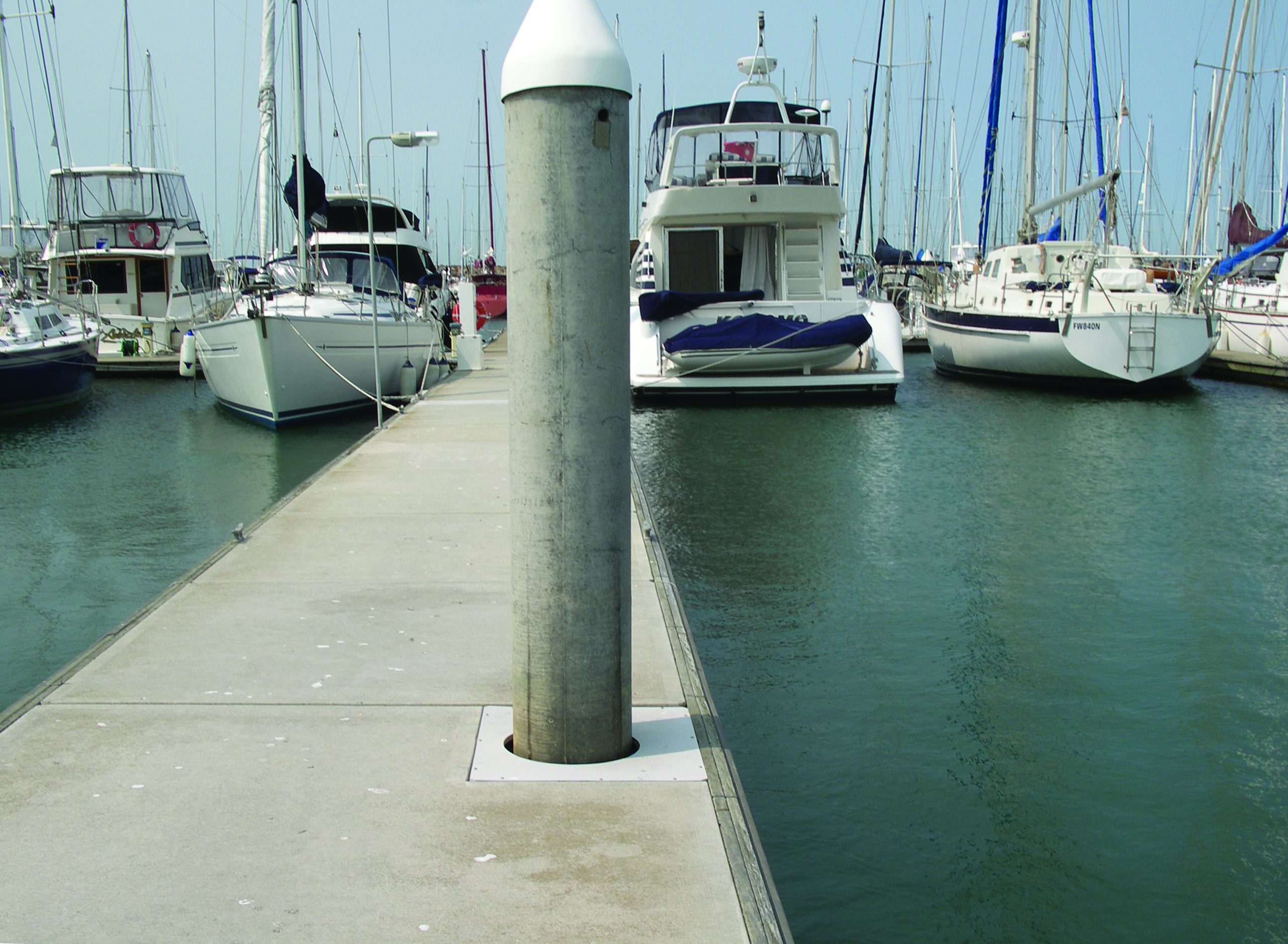Increasing the durability of reinforced concrete
The need to incorporate durability into design, construction and maintenance in order to prevent premature deterioration of concrete structures is well recognised.
The Concrete Institute of Australia defines durability planning as the cost-effective selection and usage of materials combined with design processes, construction methods and detailing to achieve the asset owners intended service life, without premature unexpected operational maintenance.
A technical analysis may be used to determine the nature and rate of materials deterioration for given macro and micro environmental conditions can be used to influence the design, construction and operational maintenance of a structure during its service life.
There are typically 3 ways to prevent the corrosion of steel in concrete:
1. Modify the concrete
- Supplementary cementitious additions (for example, fly ash, slag, and silica fume)
- Impregnation (for example, polymers)
- Inhibitors (for example, nitrates)
- Barrier layers (for example, membranes, paints)
2. Modify the reinforcing steel
- Corrosion resistant metals (for example, stainless steel)
- Non-metallic materials (for example, fibre reinforced polymer, glass reinforced polymer fibres)
- Coated reinforcing steel (for example, epoxy coating, galvanized, duplex)
- Cathodic protection (for example, impressed current, sacrificial anodes)
3. Increase the concrete cover
Increasing the concrete cover provides an increase in the time that it takes for the carbonation front to reach the reinforcing steel, and the time taken for the chloride concentration at the surface of the reinforcing steel to reach a critical level. However, there is a paradox to consider in this approach, as the thicker the concrete cover, the larger the peak value of the expansive pressure from reinforcing steel corrosion and the greater the subsequent size of any cracks.
This is because the thicker the concrete cover, the higher the strain energy needed to crack the concrete, thus resulting in larger expansive pressure (Zhao and Jin).
These methods may be used individually, or in conjunction with other methods, and each method has its own advantages and disadvantages. A durability plan should be developed based upon the individual situation, environment and required life expectancy of the asset.

A technical analysis may be used to determine the nature and rate of materials deterioration for given macro and micro environmental conditions



